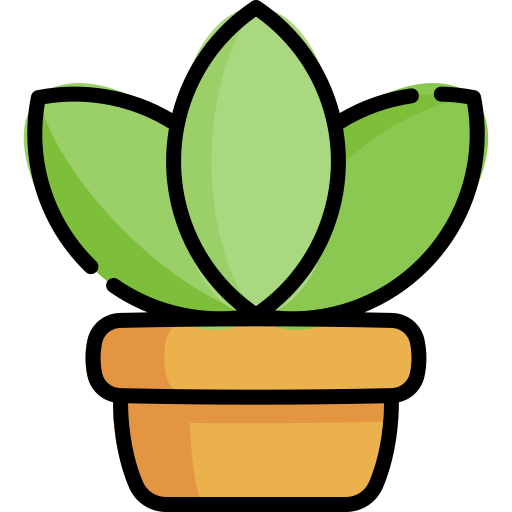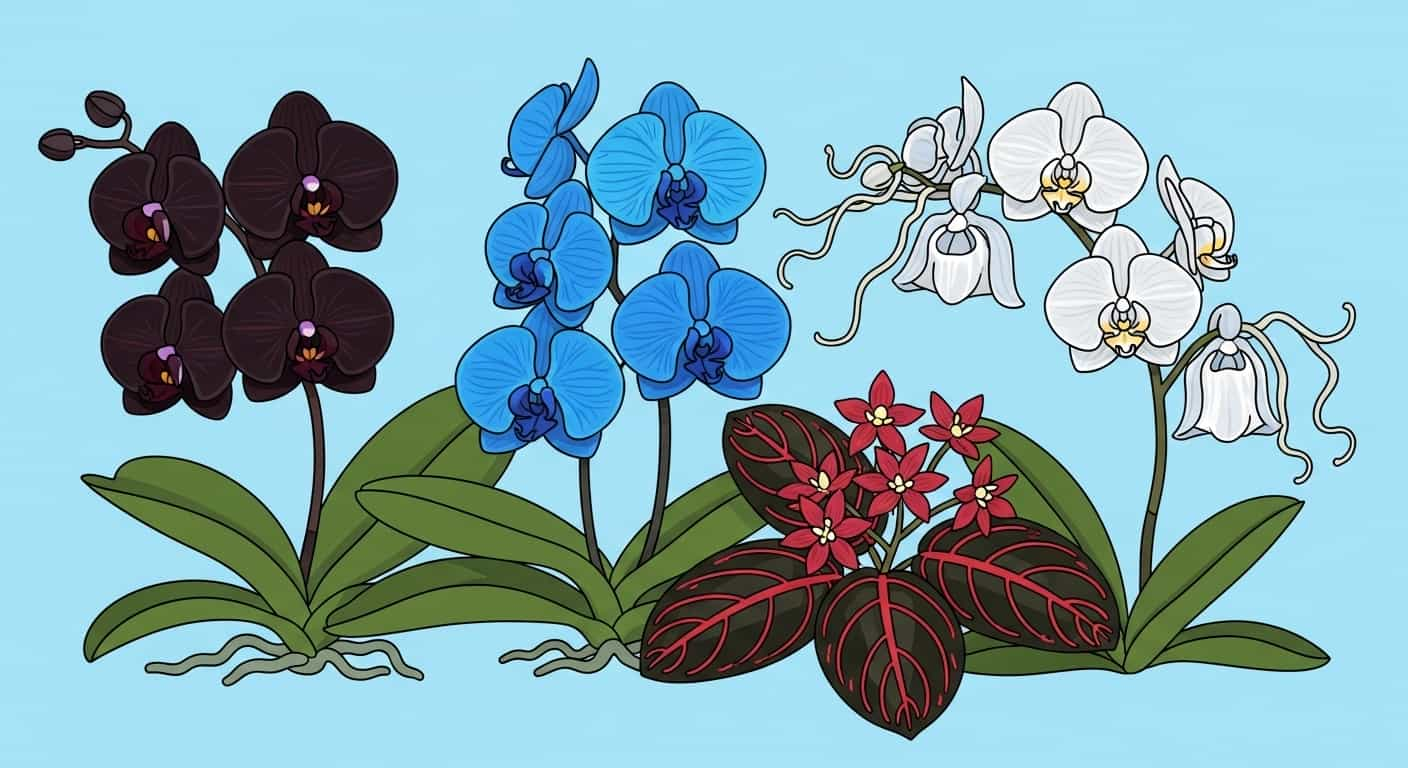For many plant enthusiasts, the journey begins with a simple Phalaenopsis orchid from a local store. But beyond these beautiful and common gateways lies a vast, captivating world of orchids that challenge, inspire, and mesmerize. This is the realm of rare and exotic orchids—plants with bizarre shapes, otherworldly colors, and fascinating stories. For the dedicated hobbyist, acquiring one of these living jewels is the ultimate collector’s dream.
This guide will take you on a journey into the world of rare orchid varieties. We will explore what makes a species truly exotic, highlight some of the most sought-after plants, and offer essential tips for collectors looking to acquire and grow these magnificent specimens. If you are ready to move beyond the basics, prepare to discover some of the most extraordinary exotic orchids for collectors.
What Makes an Orchid “Rare” or “Exotic”?
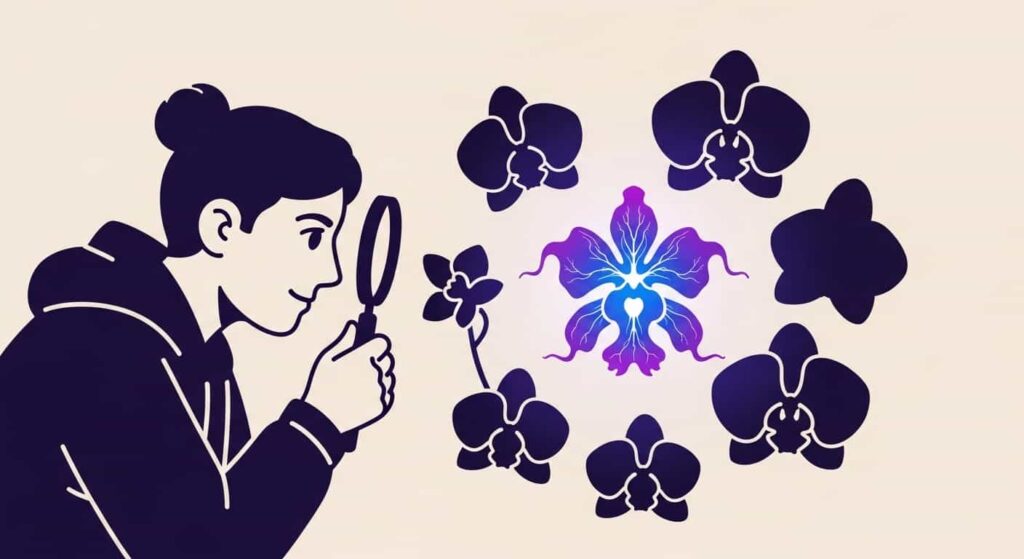
The terms “rare” and “exotic” can mean different things to different people. In the world of orchids, a plant might fall into this category for several reasons:
- Difficulty in Propagation: Some orchids are notoriously difficult to grow from seed or clone, making them scarce in cultivation.
- Highly Specific Habitat: Many rare species are found only in a tiny, isolated geographic area, such as a single mountain or valley.
- Unusual Appearance: Flowers that are black, blue, or have incredibly complex structures are often considered exotic. This includes orchids that mimic insects or have strange, alien-like forms.
- New Discoveries: Botanists are still discovering new orchid species, and these newcomers are instantly considered rare until they can be propagated.
- Protected Status: Many of the world’s rarest orchids are critically endangered and protected by law, making ethically propagated specimens highly prized and scarce.
A Glimpse into the World of Rare Orchid Varieties
Venturing into rare orchids means exploring genera that you won’t find at the grocery store. These plants often require more specialized care but reward the dedicated grower with unparalleled beauty.
The Black Orchid (Fredclarkeara After Dark ‘SVO Black Pearl’)
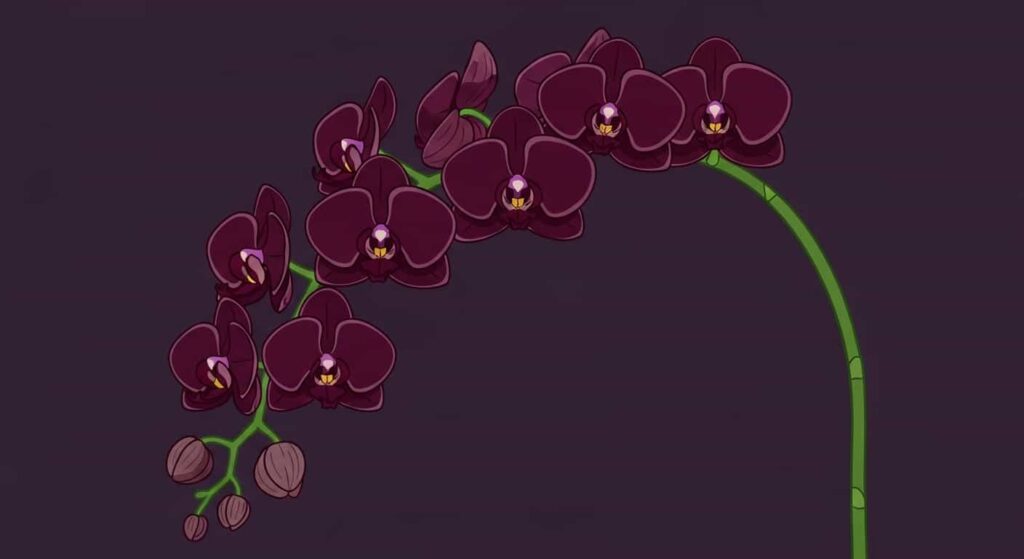
While a truly black flower is the holy grail of horticulture, this stunning hybrid comes incredibly close. The Fredclarkeara After Dark is a complex man-made cross that produces cascading sprays of deep burgundy to near-black flowers.
- What Makes It Special: The flowers are not only strikingly dark but also highly fragrant, with a spicy, sweet scent. It’s a member of the Catasetinae family, which has a fascinating life cycle.
- Unique Care Needs: These orchids have a distinct growth and dormancy period. During active growth in the spring and summer, they are incredibly thirsty and hungry, requiring copious amounts of water and fertilizer. In the fall, after blooming, the leaves will yellow and drop, and the plant enters a completely dry winter dormancy. Watering during this period will cause rot. This is a critical tip for anyone learning how to grow rare orchids from this group.
The Blue Orchid (Vanda coerulea)
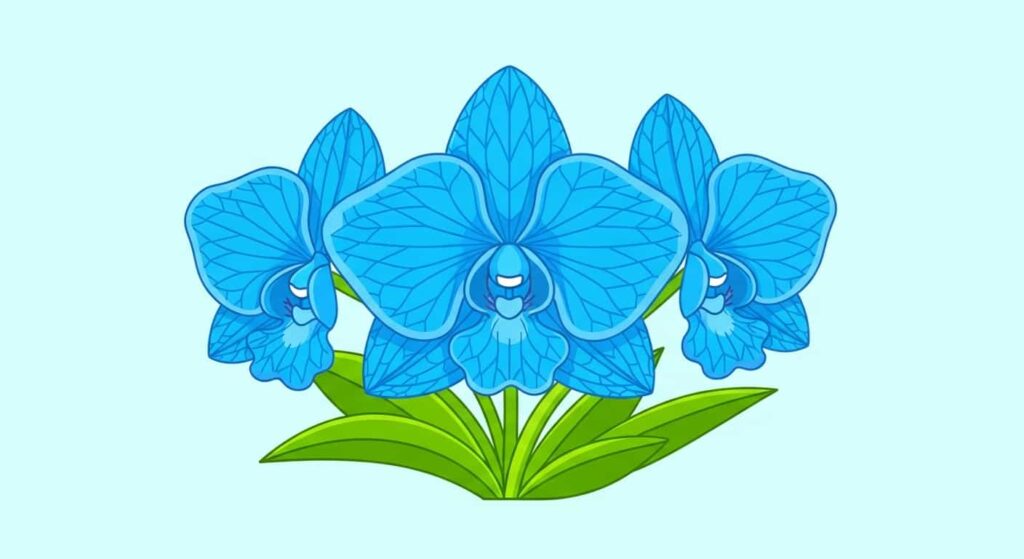
The quest for a true blue orchid often leads to artificially dyed Phalaenopsis. However, Vanda coerulea is one of nature’s true blue wonders. This magnificent species from Southeast Asia produces large, flat flowers with a stunning tessellated pattern in shades of sky blue to deep violet.
- What Makes It Special: The pure blue coloration is exceptionally rare in the orchid world. It has been used extensively by hybridizers to introduce blue tones into other Vanda hybrids.
- Unique Care Needs: Vandas are light- and air-loving orchids. They are typically grown in wooden slat baskets with their long, thick roots hanging freely in the air. They require very bright light, high humidity, and daily watering, often by spraying the roots until they turn deep green. They are not suitable for potting in a traditional orchid mix.
The Ghost Orchid (Dendrophylax lindenii)
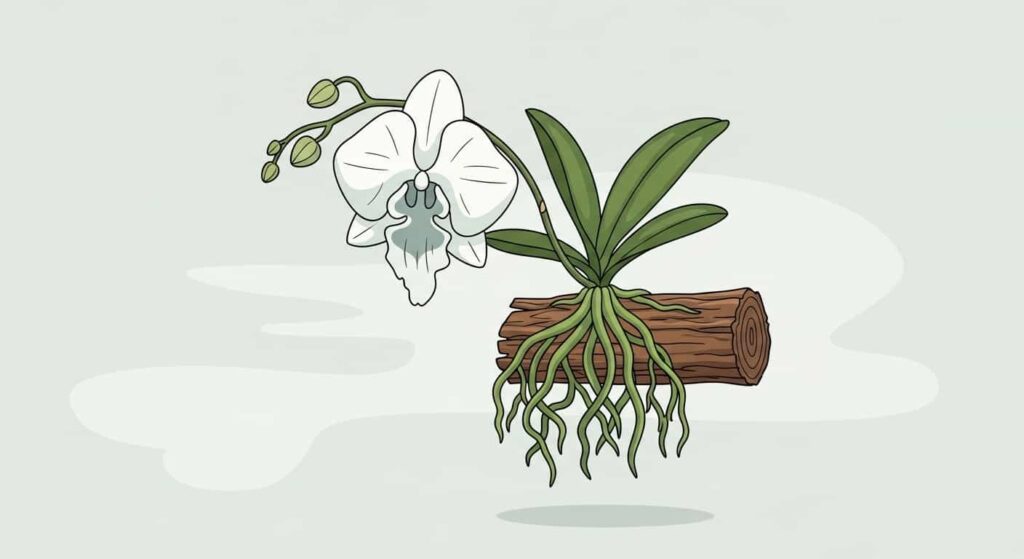
Perhaps the most famous rare orchid in the United States, the Ghost Orchid is a botanical enigma native to the swamps of Florida and Cuba. Its reputation is built on its rarity, its leafless nature, and its ethereal, frog-shaped white flower that seems to float in mid-air.
- What Makes It Special: The plant has no leaves. It exists as a cluster of flat, photosynthetic roots that cling to the bark of its host tree. The flower’s ghostly appearance and extreme rarity make it an icon of conservation.
- Unique Care Needs: Cultivating a Ghost Orchid is exceptionally difficult and should only be attempted by expert growers. The plant must be mounted on a piece of bark from a suitable host tree (like pond apple) and grown in a terrarium or greenhouse that can maintain incredibly high humidity (80-100%) and good air movement. It is unforgiving of mistakes.
The Jewel Orchid (Macodes petola)
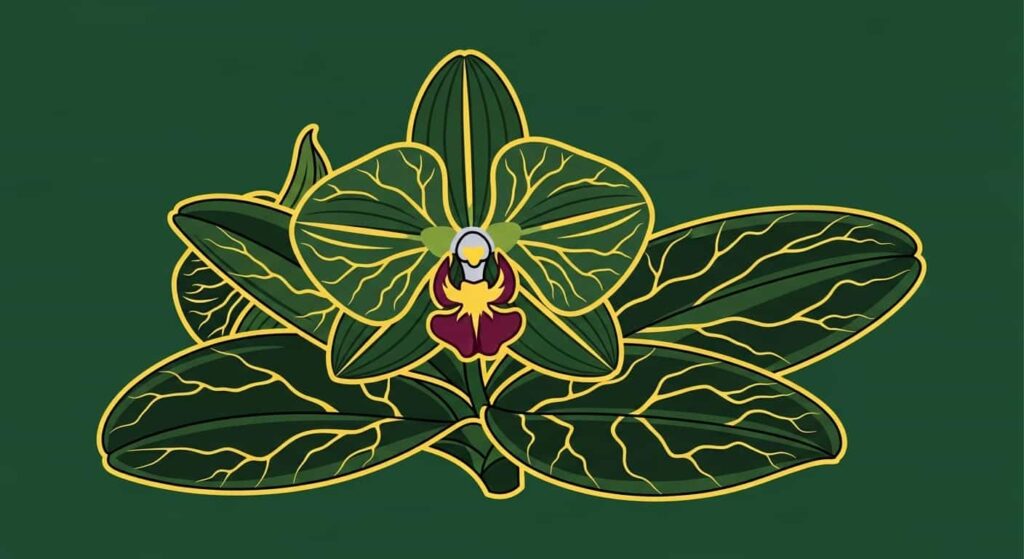
Not all orchids are prized for their flowers. Jewel orchids are grown for their spectacular foliage. Macodes petola has velvety, deep green leaves that are covered in a network of shimmering gold or reddish veins that sparkle like lightning bolts under the light.
- What Makes It Special: The intricate, electric pattern on the leaves is unlike anything else in the plant world. The flowers are small and simple, but the foliage is the main event.
- Unique Care Needs: Unlike most orchids on this list, Jewel Orchids are terrestrial, growing on the forest floor. They require low light, high humidity, and a consistently moist (but not soggy) potting medium. They do wonderfully in terrariums, which help provide the stable, humid environment they crave.
Tips for Aspiring Exotic Orchid Collectors
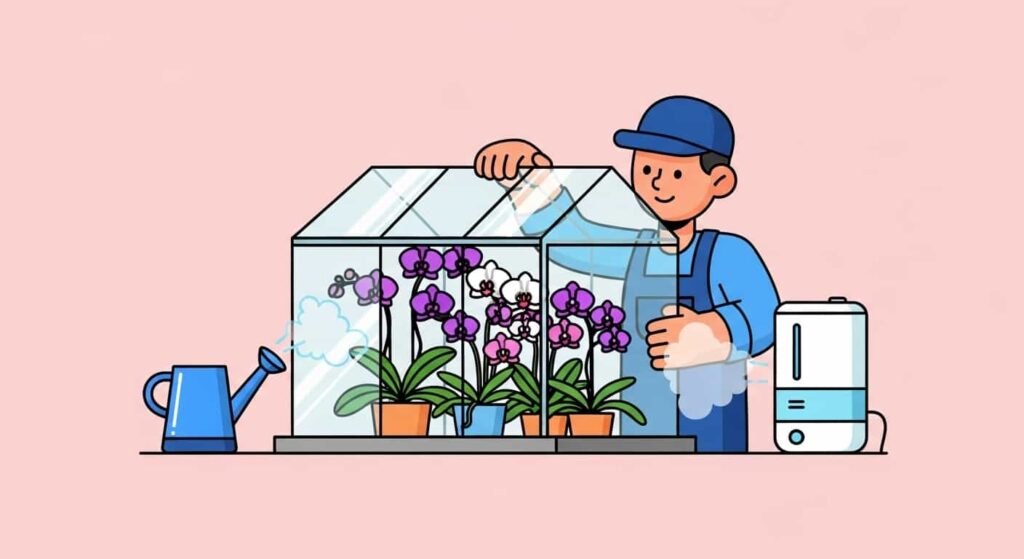
If you’re ready to take the plunge into the world of rare orchids, keep these essential tips in mind.
- Do Your Research: Before you buy, thoroughly research the specific needs of the orchid you want. Understand its light, water, and temperature requirements. A rare orchid is a significant investment, and knowledge is your best tool for protecting it.
- Buy from Reputable Growers: The most important rule is to never purchase wild-collected plants. Always buy from respected nurseries or vendors who specialize in artificially propagated rare species. This ensures you get a healthy, ethically sourced plant and helps protect wild populations.
- Start with “Easier” Rares: Don’t jump straight to a Ghost Orchid. Begin with a more manageable but still exotic species. A Jewel Orchid or a mottled-leaf Paphiopedilum can provide the thrill of growing something unusual without the extreme difficulty.
- Master the Basics First: Ensure you have successfully grown and re-bloomed more common orchids like Phalaenopsis or Cattleyas. Your experience with these will provide a solid foundation for tackling more demanding species.
- Be Prepared to Adapt Your Environment: Rare orchids often won’t thrive in a typical windowsill environment. You may need to invest in a small greenhouse, a grow tent, a humidifier, or supplemental lighting to meet their specific needs.
The Ultimate Reward
Collecting and growing rare orchids is more than just a hobby; it’s a passion that connects you to the incredible diversity and fragility of the natural world. The challenge of nurturing a rare species from a small plant to a magnificent bloom is one of the most rewarding experiences a plant lover can have. While the journey requires patience, dedication, and research, the payoff—a bloom that few have ever seen—is a collector’s dream come true.
